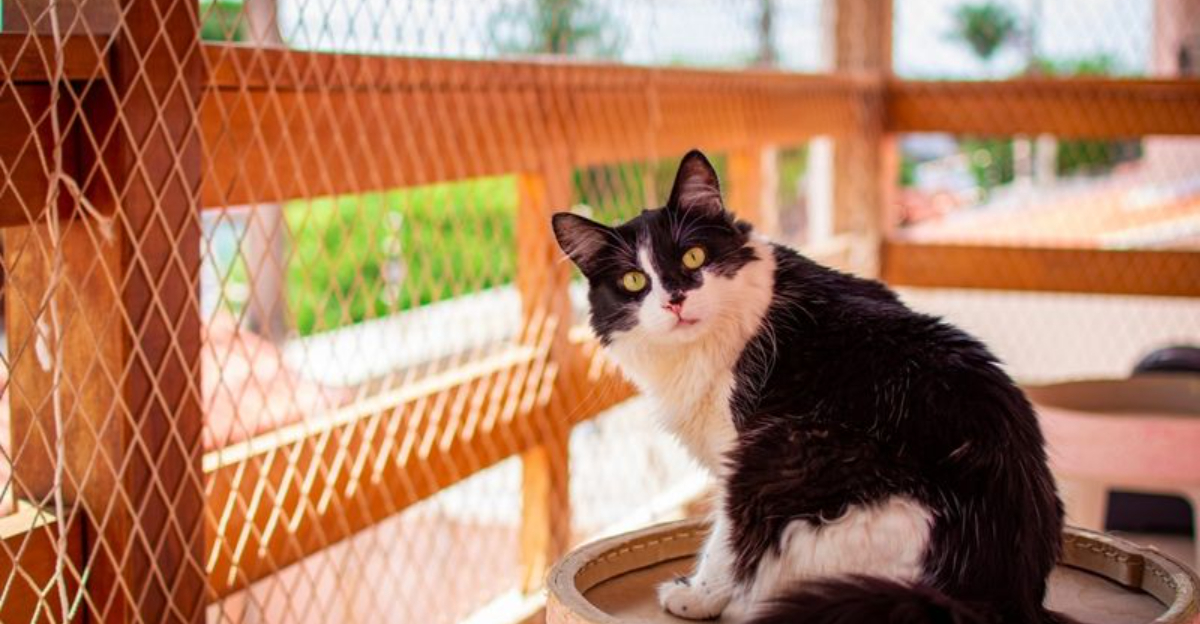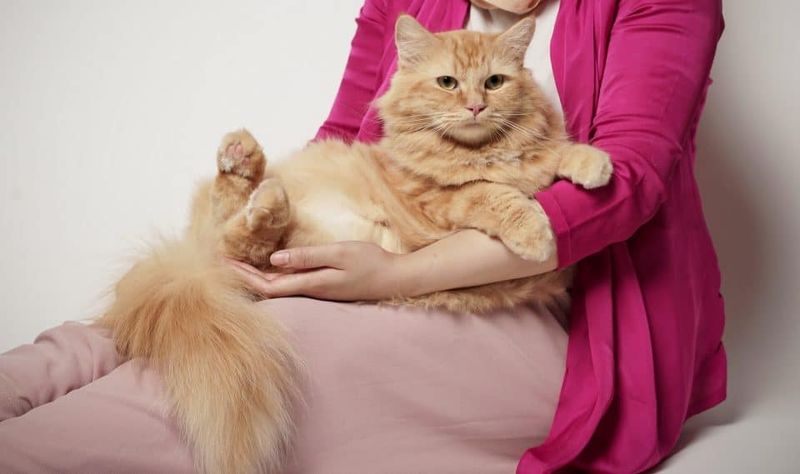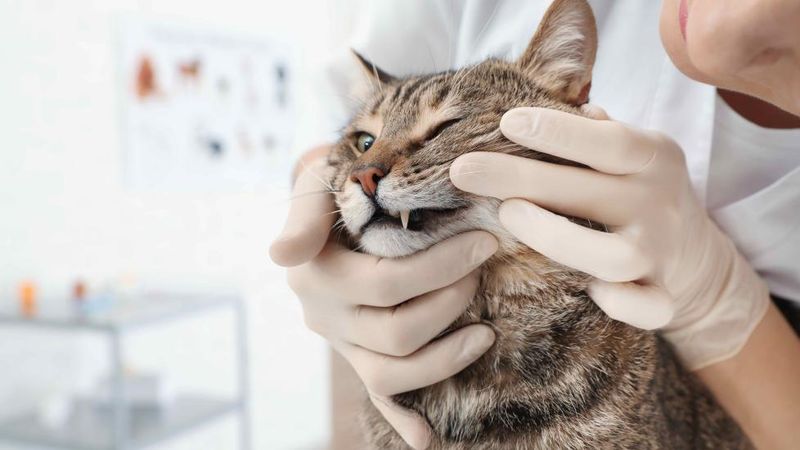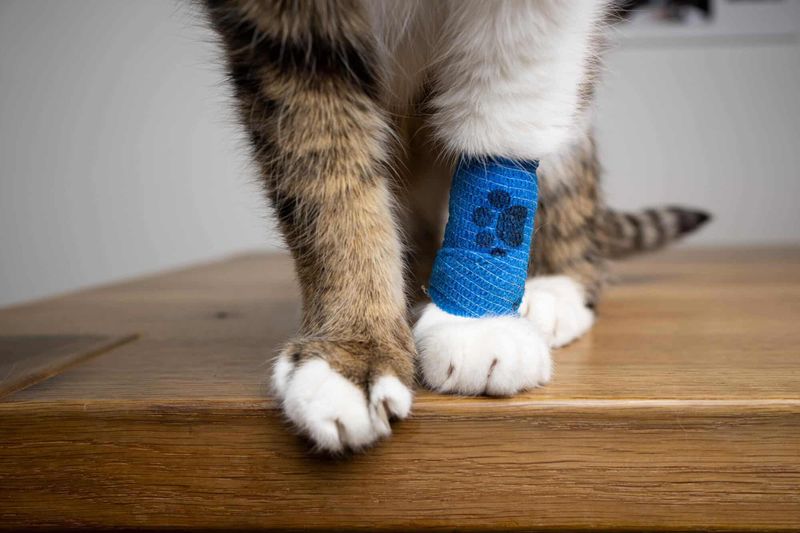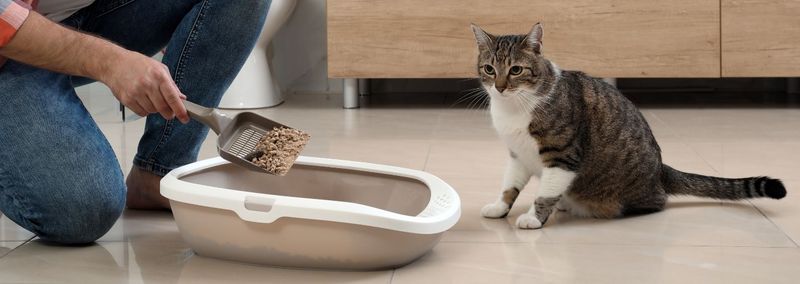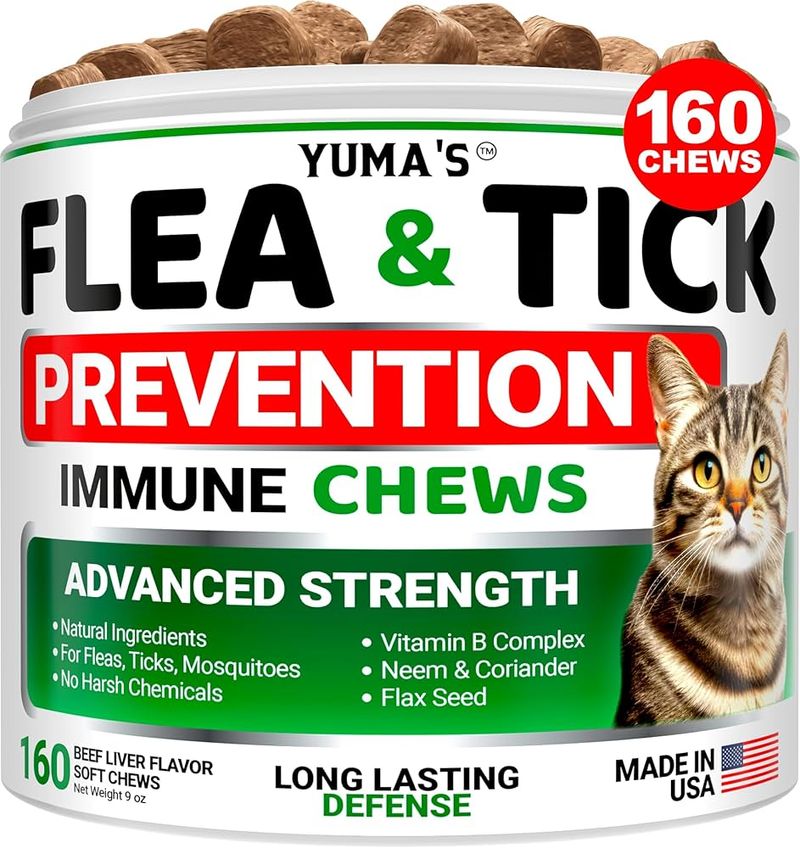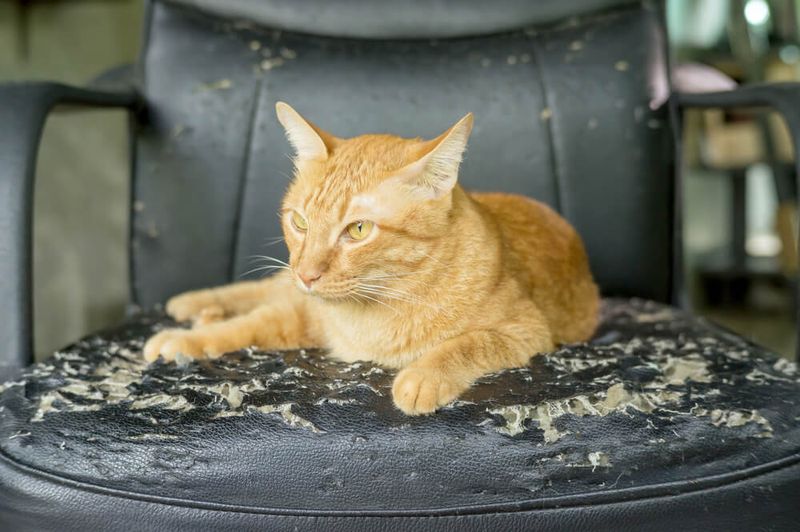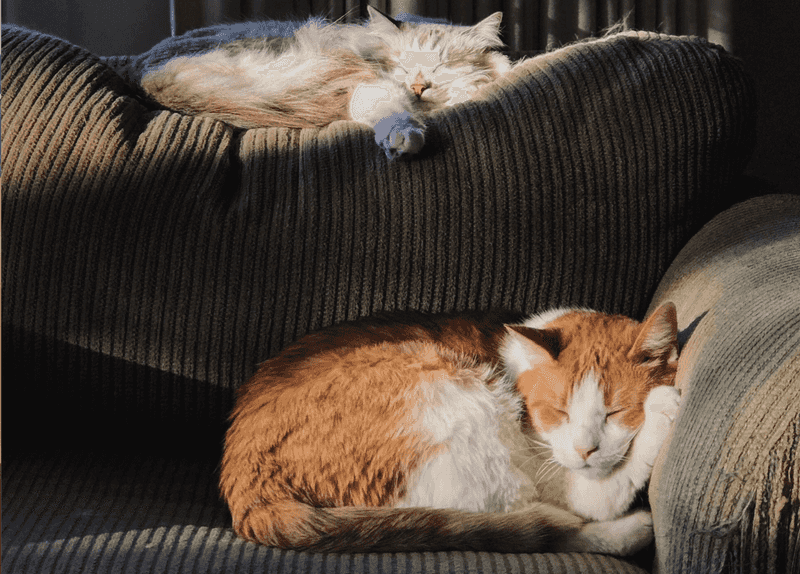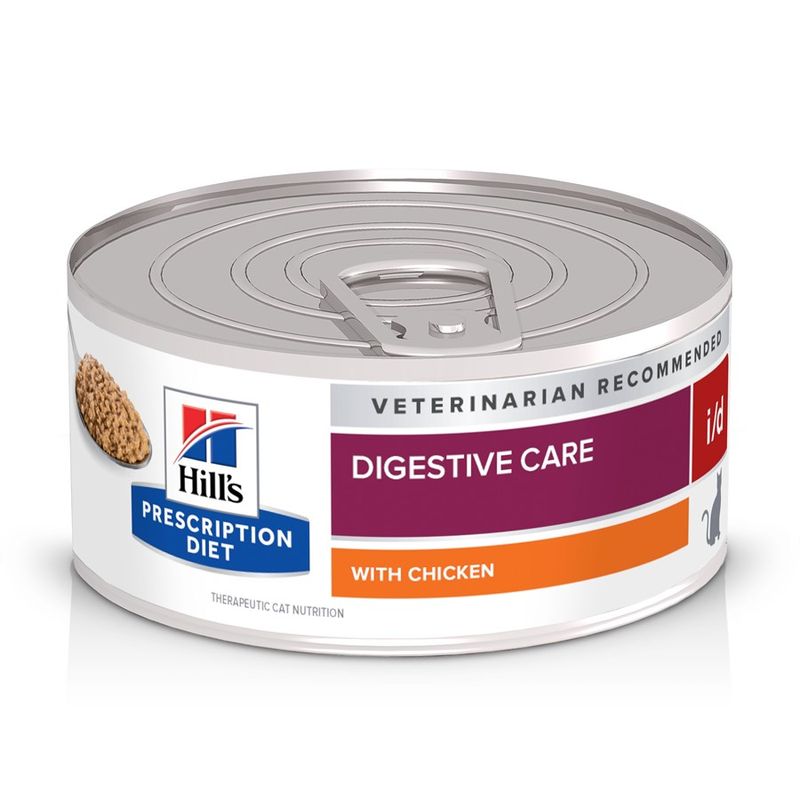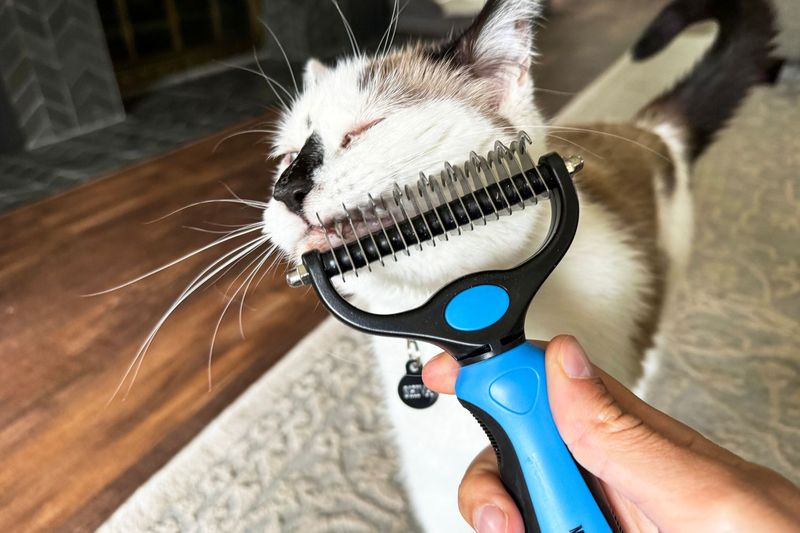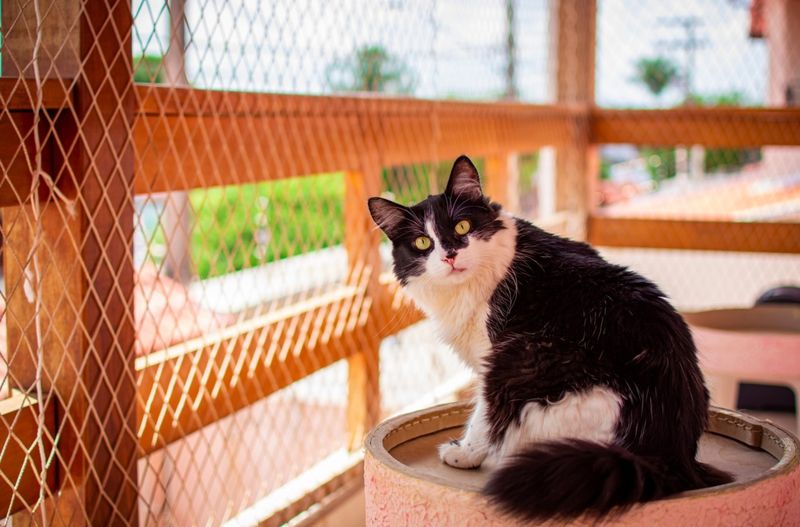📖 Table of Content:
Bringing home a new cat is a joyful milestone filled with cuddles, purrs, and endless Instagram-worthy moments. But amidst the flurry of toys, treats, and name tag decisions, many first-time cat parents overlook the hidden costs that quietly sneak into the picture. Owning a cat is more than just feeding them and scooping a litter box—it’s a financial commitment that can surprise even the most prepared pet lovers.
While budgeting for essentials like food and annual vet checkups might seem straightforward, the reality is more complex. Cats, like people, come with their own set of quirks and health needs, and those can translate into unpredictable expenses. What starts as a $100 adoption fee can quickly spiral once the first health scare or travel conflict rolls around.
This guide breaks down 11 unexpected expenses that have blindsided countless cat parents. Whether you’re about to bring a kitten home or already have a feline stretched across your keyboard, understanding these financial curveballs can save you stress, time, and money.
1. Emergency Vet Visits
Accidents and illnesses can happen with no warning—especially when it’s 2 AM and your cat starts vomiting uncontrollably. Emergency vet clinics typically charge a premium just for walking through the door, often with fees starting around $150 before any diagnostics or treatments are performed. X-rays, bloodwork, overnight monitoring, or surgery can easily push costs above $1,000. Many new cat parents don’t realize that standard veterinary clinics may not even be open during off-hours. Because of this, emergencies often force you into pricier care with no alternative. What’s more, cats are notorious for hiding pain or illness, so problems can escalate without visible warning signs. Having an emergency fund or a line of credit can help soften the blow when things go sideways.
2. Dental Care
Oral health is often underestimated in cats until it becomes a painful and expensive issue. Professional dental cleanings, sometimes requiring anesthesia, can range from $300 to over $700. Plaque and tartar buildup, if not addressed, can lead to gum disease or tooth extractions, which further increase the cost. Many vets recommend annual cleanings, especially for breeds prone to dental issues. Because cats rarely show signs of tooth pain, problems are usually discovered late. Brushing a cat’s teeth at home helps, but it’s not always feasible or effective. Investing in dental treats or rinses may delay problems, but professional cleanings are almost inevitable.
3. Pet Insurance Premiums
Most first-time cat owners don’t realize how fast vet bills add up until they’re staring at a four-figure invoice. Pet insurance can offset major expenses, but it comes with its own monthly cost that many overlook. Plans range widely in coverage and price, with many excluding pre-existing conditions or certain procedures. You’ll also face deductibles, co-pays, and reimbursement wait times that can be confusing to navigate. While some people view pet insurance as optional, it often becomes essential after a single emergency. Choosing the right plan requires research and comparison shopping. Ultimately, it’s an investment in peace of mind, not just savings.
4. Litter Box Maintenance
Buying a litter box is only the beginning—maintenance supplies make up a recurring and often underestimated expense. Odor-control liners, scoopers, mats to catch stray litter, and even litter deodorizer sprays all become part of the routine. Premium litter options that clump better and control smell tend to cost more and may be needed to keep your home livable. Cats are picky about cleanliness, and a poorly maintained box can lead to behavioral problems like inappropriate urination. Frequent refills also mean constant purchases, especially in multi-cat households. Many owners experiment with different litter types before finding one both they and their cat like. The trial-and-error process alone can be surprisingly expensive.
5. Flea, Tick & Parasite Prevention
Even if your cat never sets foot outside, they’re not immune to parasites. Fleas can be brought in on shoes, bags, or through windows and quickly infest your home. Monthly preventative treatments are highly recommended by vets, and these can cost between $20–$60 per dose depending on the product. Skipping them can lead to infestations, costly extermination services, and additional vet bills for secondary infections. Prescription preventatives tend to be more effective, but they’re also pricier than over-the-counter options. Treating a problem after the fact often involves more effort and more money than simple prevention. Regular parasite control is a recurring cost that’s easy to forget until it’s too late.
6. Scratching Damage Repairs
No one tells you how fast a curious kitten can destroy your favorite couch—or how hard it is to stop them. Scratching is natural feline behavior, used to mark territory, stretch muscles, and maintain claw health. If cats don’t have designated scratching posts, they’ll happily substitute your furniture, carpet, or walls. Replacing or repairing these damaged items gets expensive quickly, especially for high-end materials. Investing early in scratching alternatives like posts or pads can save you money down the line. Even then, you may need deterrent sprays or training tools to help redirect behavior. It’s a recurring challenge that comes with both behavioral and financial costs.
7. Pet Deposits & Rent Fees
Renting with a cat means navigating pet policies, which often include additional deposits or monthly fees. Landlords may charge anywhere from $100–$500 as a one-time deposit, plus monthly “pet rent” that adds up over time. These costs are rarely advertised upfront and can catch tenants by surprise after signing a lease. Some properties even require renters’ insurance policies with pet liability clauses. Moving becomes trickier too, as pet-friendly housing is in high demand and often more expensive. The financial burden extends beyond your pet’s needs to where—and how—you live. Planning ahead can help you avoid last-minute housing crises.
8. Special Diets & Treats
Not all cats thrive on basic kibble from the pet store. Some develop sensitivities or allergies that require limited-ingredient or prescription diets. These specialty foods can double or triple your monthly food expenses. Even treats need to be chosen carefully to avoid upsetting sensitive stomachs. If your vet prescribes a therapeutic diet, it often means buying directly from a clinic or approved retailer at a premium. Transitioning between diets also leads to trial costs and food waste. Nutrition may seem simple at first glance, but it becomes a surprising expense when health issues arise.
9. Grooming Tools & Services
Grooming might seem like a dog thing, but many cats need it too—especially long-haired breeds or seniors with mobility issues. Mats and tangles can cause skin irritation and even infections if left unaddressed. Professional grooming services for cats exist, though they’re not as common and often more expensive due to the challenge involved. Expect to pay for deshedding tools, combs, shampoos, nail clippers, and possibly grooming gloves. Grooming appointments can run between $50–$100, especially for sedated sessions. Regular at-home care can help, but most new cat parents underestimate how often grooming becomes necessary. Fur everywhere is just the beginning.
10. Travel & Boarding Costs
Cats may not go on vacations, but they definitely affect how you plan them. Travel often requires boarding your pet, hiring a sitter, or arranging a friend to check in daily. Boarding facilities for cats are less common than for dogs and may require advance booking and vaccinations. If you bring your cat along, airlines charge fees and may have strict carrier requirements. Road trips add another layer of complication with bathroom breaks, motion sickness, and stress management. These costs and logistics can derail even the most spontaneous getaway plans. Vacation planning becomes a shared venture once a cat is in the picture.
11. Replacement of Damaged Items
Cats are curious by nature and love to explore every inch of their environment—often at the expense of your belongings. It’s not unusual for them to knock over houseplants, scratch electronics, or chew on cords. Replacing damaged items becomes part of the routine, especially during kittenhood. Investing in deterrents, protective covers, or alternative enrichment toys can help—but not entirely prevent—the chaos. Many owners end up modifying their home decor for safety and sanity. Some damages are minor, but others can be significant and costly. Learning to cat-proof your home takes time, effort, and an open wallet.
